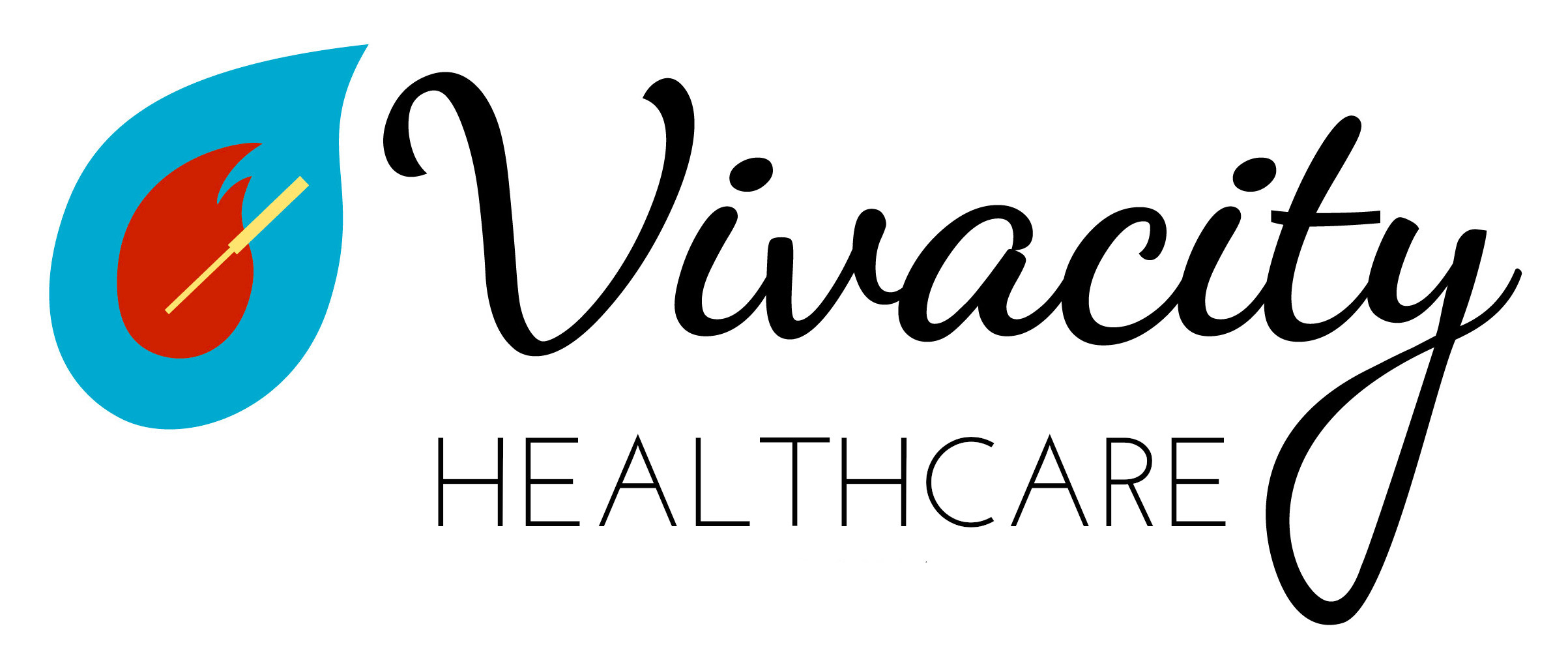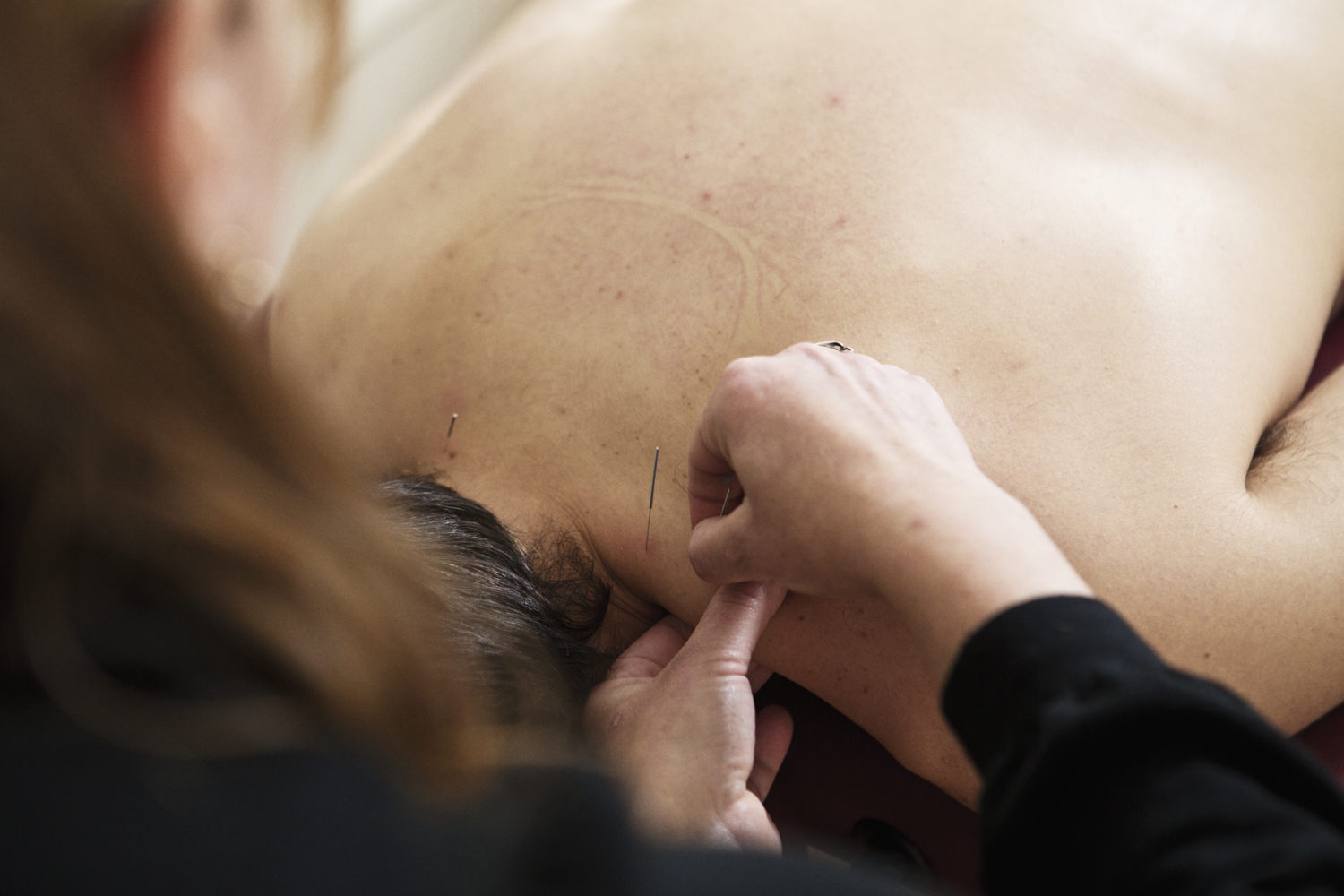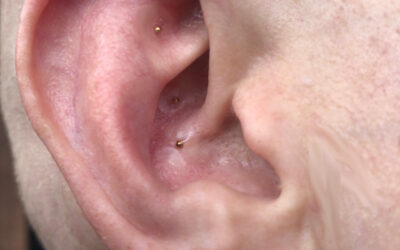Have your muscles ever tightened into ropey fibers and formed sensitive bumps or knots?
The medical term for those pesky knots is trigger points, and they are so common that studies estimate they are a primary cause in 75–95% of pain cases. In addition to causing pain, trigger points can influence muscle activation patterns resulting in poorer muscle coordination and balance [1]. Thankfully, acupuncture is very adept at releasing these taught and irritated muscle fibers.
What are trigger points and how to recognize them?
The term “trigger point” was coined in 1942 by Dr. Janet Travell, whose treatment of President John F. Kennedy’s back pain led to her being the Personal Physician to the President. There are more than 620 potential trigger points in human muscles, many of which were identified by Dr. Travell. Trigger points are generally a few millimeters in diameter and found at multiple sites in a muscle. Touching the trigger point produces pain, and most trigger points refer pain elsewhere in the body along nerve pathways. Interestingly, one trigger point may activate or create another in muscle(s) further along the pathway. Successfully treating the key or original trigger point will often resolve the satellite(s) or ones that formed later. This is why your health care practitioner may ask you questions about where the pain started, how long ago, etc.
Treatment Options
For severe trigger points, orthopedic physicians may use lidocaine injections to numb the pain temporarily. A 1979 study by Czech physician Karl Lewit reports that ‘dry needling,’ or without the use of lidocaine as in acupuncture, had the same success rate as anesthetic injections for the treatment of trigger points [2]. A patient may get some benefits from lidocaine in specific cases such as if the pain is so severe it is inhibiting simple movements and therefore preventing physical therapy and access to medical appointments. There is a strong correlation between the locations of trigger points and classical acupuncture points, wherein a vast majority of the studied trigger points have similar location and pain indication as acupuncture points [3]. Acupuncture appears to have been used to release trigger points for hundreds of years before the term was coined.
1. Drink plenty of water after treatment: The sustained contractions of muscular trigger points compress the local blood supply restricting the energy needs of the local region. This produces sensitizing substances that interact with some nerves producing pain. Once the trigger points are released in treatment and healthy circulation is restored, the metabolic waste that has accumulated needs to be flushed away for optimal pain relief and bring properly hydrated helps.
2. Stretch the affected area after treatment and throughout the course of the following weeks or months. If all trigger points have been deactivated, elongating the muscles along their natural range of motion and length will ensure restoration of proper functioning. If you are unsure how to stretch the area properly, ask your health care provider.
3. Awareness is key to prevention: Activation of trigger points is typically caused by repetitive motions or postural strain, or bracing for impact such as in sports or trauma. The type of muscle overload that typically leads to activation is sustained periods (typically more than 20 minutes) of holding a muscle in a contracted or shortened position. Ironically, overload can also take place while resting, sitting or sleeping in positions that hold muscles in contraction. If you routinely experience reactivation of the same muscles pay attention to what you may be doing throughout the day or night that contracts the muscle affected and change positions so that no one muscle is strained. Also, be aware of microtrauma such as in a sporting situation where muscles brace to catch a ball or stabilize balance. If you have noticed minute sporting injuries have begun to build up and inhibit your performance, speak with your coach or acupuncturist about developing training techniques that will minimize strain.
–
[1] Travell, Janet; Simons David; Simons Lois (1999). Myofascial Pain and Dysfunction: The Trigger Point Manual (2 vol. set, 2nd Ed.). USA: Lippincott Williams & Williams
[2] Lewit K (1979). “The needle effect in the relief of myofascial pain.” Pain 6 (1): 83–90. doi:10.1016/0304-3959(79)90142-8. PMID 424236.
[3] Dorsher PT (May 2006). “Trigger points and acupuncture points: anatomic and clinical correlations.” Medical Acupuncture 17 (3).




